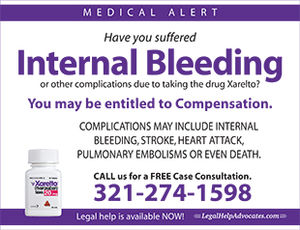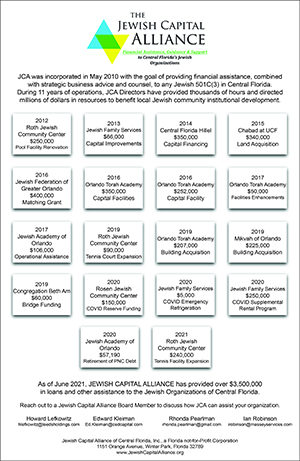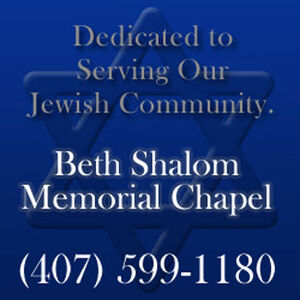Let's learn for Charleston
There’s a lovely Jewish tradition of honoring the dead by engaging in Torah study. You can devote any number of mitzvot in the memory of the departed, but studying Torah is said to have particular mystical power. Tradition says it elevates the neshama, or soul, of the dead, helping them reach a higher connection to God in the world to come.
I can’t vouch for what happens in the world to come, but I can testify to the power of study for those of us left behind. Group Torah study creates a particularly intimate fellowship, where both veterans and beginners can wrestle with a knotty text and help each other arrive at fresh insights—about Judaism, sure, but better yet about life, the big questions and the small.
And if you engage in this search on the yahrtzeit of a loved one, for instance, and you do it with a group of people who understand your loss, it has a gentle healing power.
Like a lot of people, I have been wondering what to “do” with my anger and sadness over the massacre at the Emanuel African Methodist Episcopal Church in Charleston. My rational side tells me the best response is political and hopes that our national “conversation” (ugh) can be used to promote policies that address persistent racism and the plague of gun deaths.
But that conversation by itself doesn’t meet a more basic need for human connection—to commune, in body or at least in spirit, with the nine victims, their survivors, and the community of which they were a part.
And then I recall that the victims were engaged in Bible study when they were gunned down.
What could be a better memorial—a more appropriate gesture of empathy and healing—than for our communities to engage in study to honor the memories of good people cut down in the holy work of communal learning? We do this for the victims of terrorism in Israel, or for members of our community taken too soon by disease or accidents. Perhaps there is a large distance between our congregations and an African-American church in the Deep South. But we can shrink that distance to a hug or a handshake by engaging in the very act that cost those learners their lives.
To get us started, I asked a few friends to suggest texts relevant to the themes raised by the tragedy in Charleston: tempering hatred; promoting healing; seeking reconciliation between peoples, religions, and races.
Rabbi Alan Silverstein of Congregation Agudath Israel in Caldwell, NJ, had a simple suggestion: the story of Adam and Eve. “When we remember that every person—irrespective of race, ethnicity, gender, sexual orientation, religion, and nationality—descends from the same Primal Couple and is made in God’s image—a divine soul—we are reminded to be respectful and tolerant of one another,” he wrote me.
Rabbi Steven Wernick, chief executive officer of United Synagogue of Conservative Judaism, pointed me toward a similar idea in Midrash Rabba 1:24: “A single human being was first created for the sake of peace amongst mankind, so that no person can say to another, ‘My father was greater than yours.’”
Rabbi Jill Jacobs, executive director of T’ruah, suggested Sanhedrin 4:5: “One who kills another person it is as if he/she destroys an entire world, and one who saves another person it is as if he/she saves an entire world.”
Rabbi Amy Small spoke of the Akeda—Abraham’s binding of his son Isaac. “The message of the binding of Isaac is not only a test of faith, but a statement that we do not kill our children,” said Rabbi Small, who directs the Deborah’s Palm Center for Jewish Learning and Experiences. “The message of the story is that the whole human community, when we pursue a relationship with what is good and holy, we invest in life.”
Bertin Lefkovic, a Facebook buddy, offered a text from slightly outside the biblical canon: “The Sneetches,” Dr. Seuss’s allegory about racial and religious discrimination.
And if we really care about healing, there is no reason why we can’t open our community of learners to non-Jews—and our study to texts from other traditions.
Perhaps a good place to start is to consider the text that the Rev. Clementa Pinckney, the remarkable pastor of Emanuel AME Church, was teaching in the last hour of his life: Mark 4:16-20, the “parable of the sowers.” It compares people to seeds, saying some have shallow roots; others are choked by the thorns of persistent desire; and others, eager for wisdom, produce a fruitful crop. You might read it alongside our midrash about the lulav and etrog, in which the four species of Sukkot symbolize four types of Jews, coming together despite their differing degrees of Torah knowledge and observance.
You can decide when to study in memory of the Charleston dead—perhaps at shloshim, 30 days after the murders, or on a Wednesday night at 8 o’clock, when the nine learners welcomed a troubled young white man into their circle. Whatever you learn, and whenever you do it, you will be elevating souls—yours, your neighbors’, and those of the churchgoers whose lives were cut short by a man choked with hatred.
Andrew Silow-Carroll is Editor-in-Chief of the New Jersey Jewish News. Between columns you can read his writing at the JustASC blog.




Reader Comments(0)